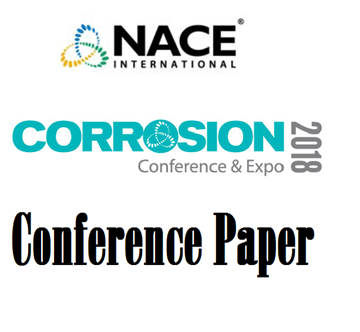Search
Probabilistic Digital Twins For Transmission Pipelines
Also Purchased
Corrosion Data Management Using 3D Visualisation and a Digital Twin
Product Number:
51320-14535-SG
Publication Date:
2020
$20.00
51318-10831-The Promise of a Holistic Digital Strategy for Corrosion and Integrity Management
Product Number:
51318-10831-SG
Publication Date:
2018
$20.00
Digital Twin with Augmented Reality for Oil & Gas Assets
Product Number:
MPWT19-15488
Publication Date:
2019
$0.00
Recently viewed




